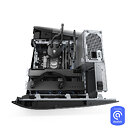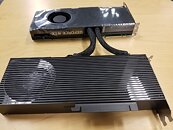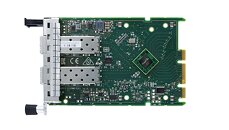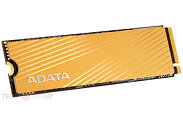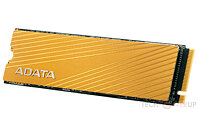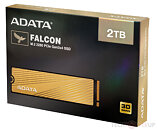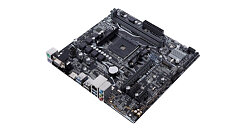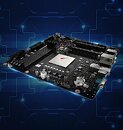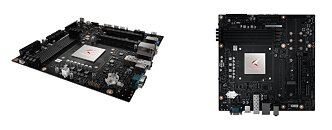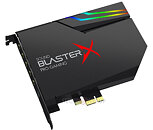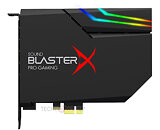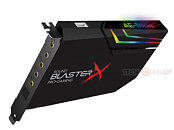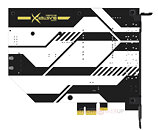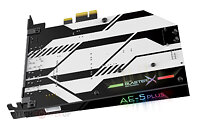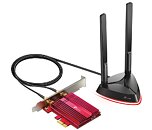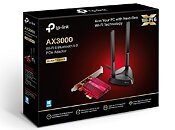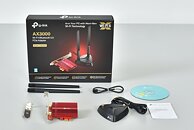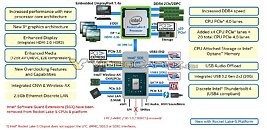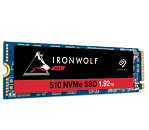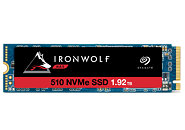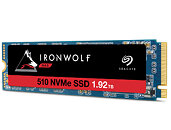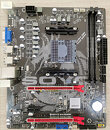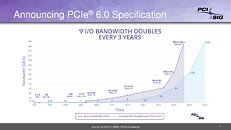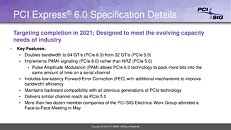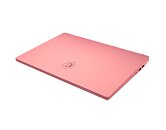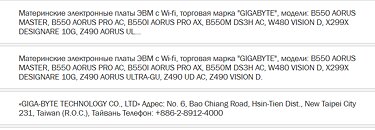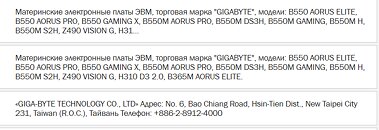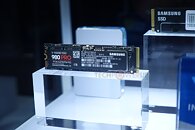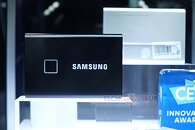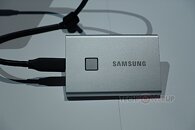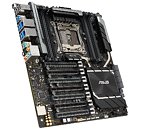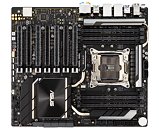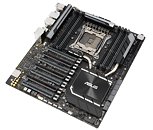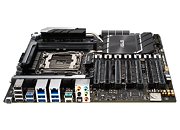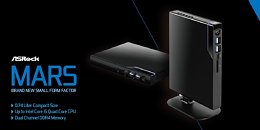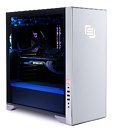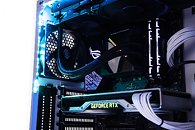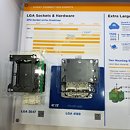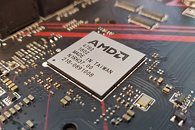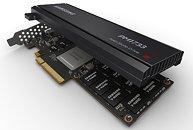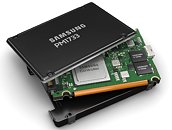
Asetek Unveils Rad Card Industry's First Slot-In PCIe Radiator Card
Asetek, the creator of the all-in-one (AIO) liquid cooler and the global leader in liquid cooling solutions for gaming PCs and DIY enthusiasts, today announced its Rad Card GPU Cooler, bringing liquid cooled GPUs to space constrained PC cases. Asetek's Rad Card GPU Cooler, the industry's first slot-in PCIe radiator card, is first available in Dell-Alienware's newly introduced Alienware Aurora R11 PC.
Space concerns are a real issue for PC manufacturers, leaving GPU air cooling as the only option, until now. Asetek took this challenge head-on, innovating a new approach to radiator technology that reimagines the shape and location of the radiator. The Asetek Rad Card GPU Cooler fits into your motherboard's PCIe slot, just like any other add-in card. By utilizing PCIe slots, Asetek has defined a way to overcome PC manufacturers' dilemma of finding additional space inside the case for a liquid cooled GPU heat exchanger (HEx).
Update May 18th: This card may not be limited to just OEMs with Asetek tweeting "Not all of them made it to Alienware. Not what to do with these...". Asetek is very open about seeking feedback and is watching demand for this product from consumers, possibly even getting ready for a giveaway so it will be exciting to see what comes from this.
Space concerns are a real issue for PC manufacturers, leaving GPU air cooling as the only option, until now. Asetek took this challenge head-on, innovating a new approach to radiator technology that reimagines the shape and location of the radiator. The Asetek Rad Card GPU Cooler fits into your motherboard's PCIe slot, just like any other add-in card. By utilizing PCIe slots, Asetek has defined a way to overcome PC manufacturers' dilemma of finding additional space inside the case for a liquid cooled GPU heat exchanger (HEx).
Update May 18th: This card may not be limited to just OEMs with Asetek tweeting "Not all of them made it to Alienware. Not what to do with these...". Asetek is very open about seeking feedback and is watching demand for this product from consumers, possibly even getting ready for a giveaway so it will be exciting to see what comes from this.

